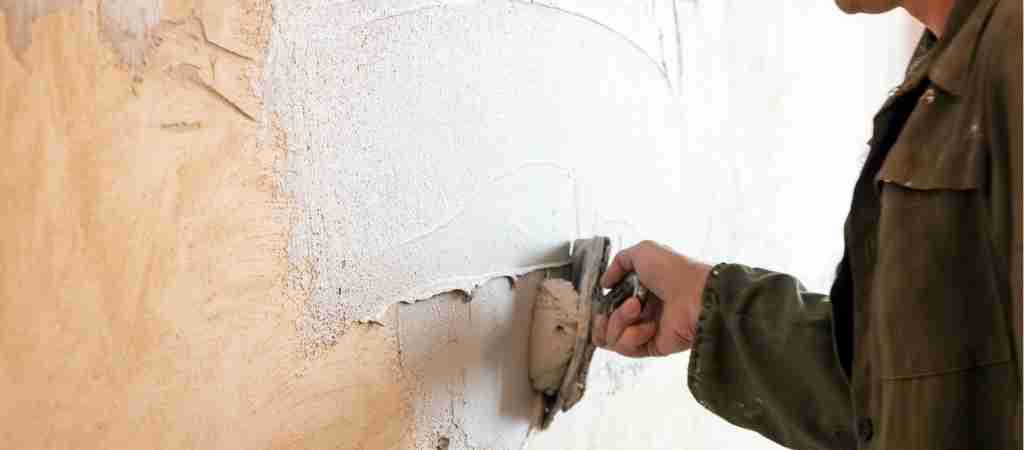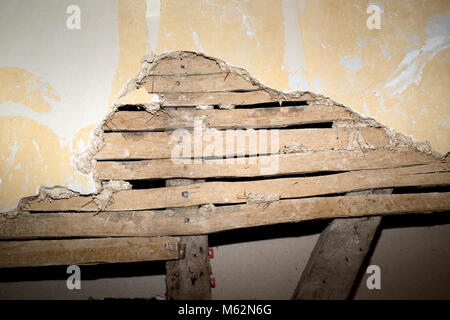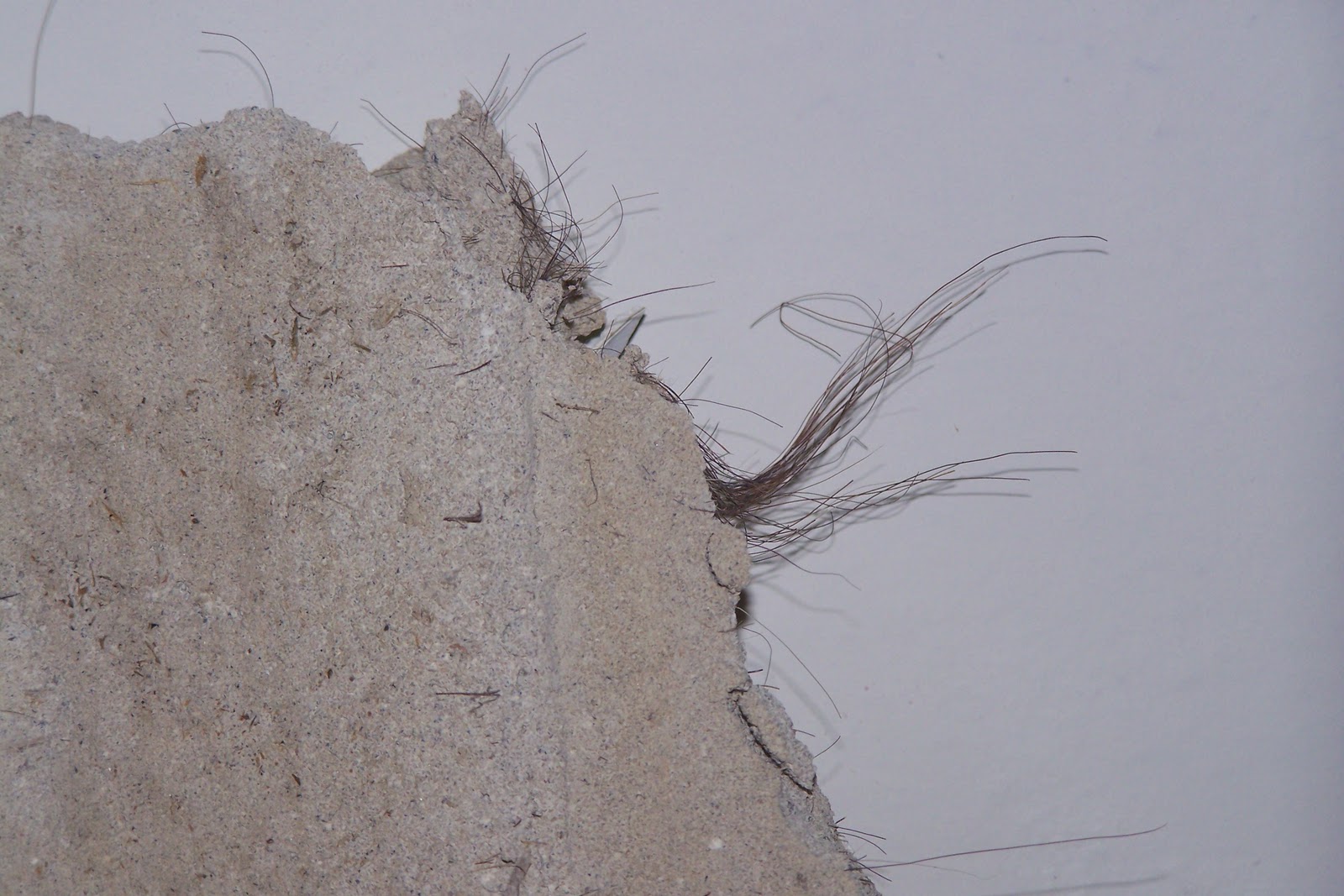

The amount of sand to cement you use is called the mix ratio. But for larger jobs I mix my own.īasic plaster is made from sand and cement mixed with water. For small jobs and repair work, I like to use a premix that comes in bags because it’s faster and more convenient. When you’re plastering over brick, stone, concrete or wood, it’s very important to mix the correct type of plaster. It may also contain some additives and colors if you you buy it commercially produced in bags. However, modern plaster is mostly made from cement, sand and lime. Clay: Can be used for strength and texture.īecause plaster is made all over the world out of local ingredients, there’s no one way to make it.Additives: Modern plasters use chemical additives like hardeners and plasticizers to the mixture.Hair: Historically, hair was added to plaster as a binding agent.White is by far the most popular because it’s used to make Venetian plaster. Colors: Tint the plaster a specific color so you don’t have to paint it later.Sand: Gives the plaster grit and strength.Other ingredients, like clay, hairs, fibers, sand and colors are added to give the plaster additional properties. This is what creates a flat, dense and durable plastered surface. When each of these ingredients eventually dries, called curing, they become hard like a rock. These are all active ingredient that activate when mixed with water to make plaster a sticky paste.

The main ingredient used to make plaster is cement, lie or gypsum. Once dry, the surface was extremely durable and resembled limestone. When mixed with sand, cattle hair and water, the putty like substance was applied to walls and ceilings and allowed to set. White Venetian is one popular example and a very beautiful look.Įarly American homes and buildings used plaster made from lime. Pigment can be added when the product is wet to create all sorts of colors. Venetian is white and dries to a super fine with quality suitable for a palace. Some version, like Moroccan tadelakt, are even waterproof. Locally sourced ingredients like clay, cement, sand, gypsum, animal hair, straw and mud can be mixed to create different forms with varying properties. Most homes in Europe, Asia, South America and Africa cover their walls and ceilings with it. There are dozens of ways to make plaster. Premixed bagged plaster usually contains additives like color, hardeners and a plasticizer.Which is why it’s such a popular building material around the world. Most plasters made today contains the ingredients lime, gypsum, sand, cement and water.If you read the ingredients on a premixed bag of plaster, those 3 ingredients and some additional additives like hardeners, color or a plasticizer are what it’s made out of. But in modern times, it’s made from cement, sand and lime. It’s been around for thousands of years and was usually made from locally sourced ingredients. What Are The Ingredients In Plaster?Ĭlay, lime, gypsum, sand, cement, mud and even animal hair are all ingredients that have been used to make plaster. It’s a great mix for finish coats because the lime makes it smoother and harder. 1:6:1 is another good mix ratio which is 1 part cement / 6 parts sand / 1 part lime. I use 1:4 for the base coat when I do plaster work. An all around good mix is 1:4 which is 1 part cement / 4 parts sand. The amount of each ingredient used is called the mortar mix ratio. You don’t want watery or dry and powdery plaster. Add just enough water to mix the ingredient thoroughly and not a drop more. Water is a very important ingredient because it activates the cement and makes it sticky. Water activates the cement and turns dry powder into a sticky paste that later dries hard like a rock. Cement is the binder that makes it sticky, sand gives it grit and lime adds strength. It’s a composite material where each ingredient gives it a different quality. Plaster is similar to cement in that it’s a paste when wet but dries extremely hard with a gritty texture.

But in modern times it’s typically a mixture of cement, sand and lime with water. Many types of ancient plaster even included binding materials like hair and straw. These include slaked lime Ca(OH)2, Venetian which includes pigment and marble dust, gypsum, clay, and Moroccan called Tadelakt which is made out of lime and black soap made from olives. There are different types of plaster which use a variety of local ingredients depending on where it’s made. But you can also make it by mixing cement, sand, lime or gypsum with water in different amounts. Plaster is made by mixing sand and cement with water.


 0 kommentar(er)
0 kommentar(er)
